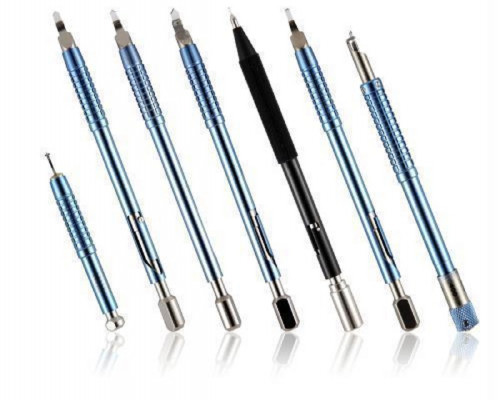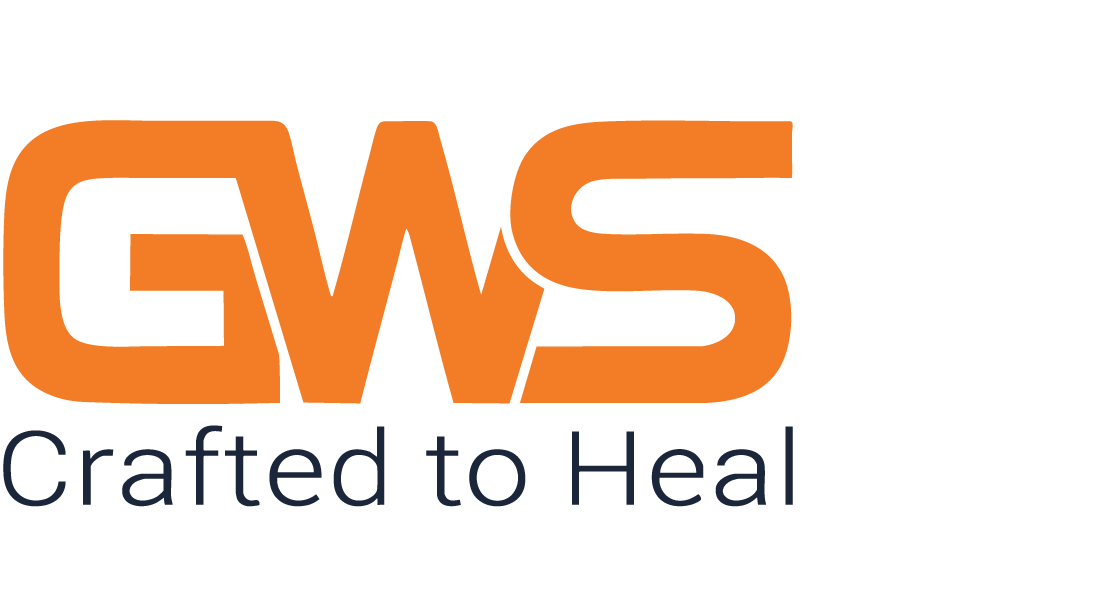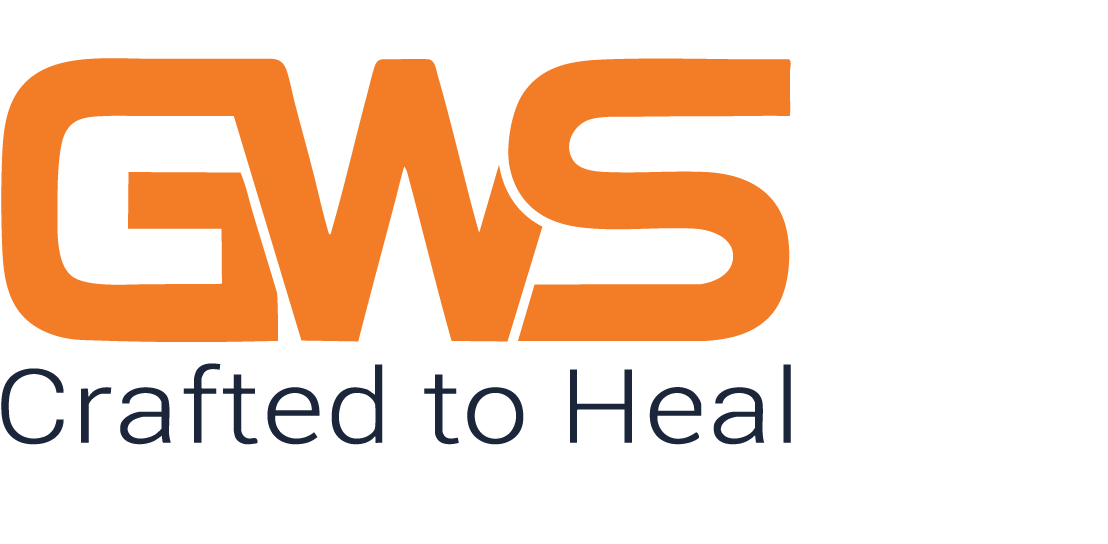
Different Ophthalmic Instruments Every Ophthalmologist Must Have
For an ophthalmologist to give an
uncompromised service to their patient they need to have all the required
instruments. It helps facilitate the process from the beginning of diagnosis
right down to the treatment. Also, different ophthalmic equipment is used to diagnose different
eye diseases. If the proper instrument is not used it may not detect the
disease and can cause severe eye illness.
So, if you are a doctor who wants to ensure
you have the right selection of instruments that are both reliable and
accurate you are in the right place. Here you will find every information you
need on instruments like different instruments available, what to consider when
buying and how to maintain them.
Different
types of instruments you must-have in your clinic
The selection of the right eye instruments
for effective treatment can be overwhelming because of the variety of
options that the surgical instruments provide. But to run a clinic smoothly you need to have the
following instruments:
●
Ophthalmoscope: It is a type of telescope used by ophthalmologists to examine a patient's retina present around
the fundus. The instruments can be of two types
direct and indirect. It usually consists of a light source with in-built
mirrors and lenses so as to see the retina clearly. The instrument helps the
doctor detect possible eye disease.
●
Ophthalmic Knife: Ophthalmic knife is a knife made of stainless steel and a
plastic handle. The doctor may also call it by the name a slitting knife, blade, or keratome.
It helps the doctor create a corneal and scleral incision before initiating surgery. The precision and sharpness of the knife make it the most important
tool of an ophthalmologist.
●
Refraction chair: The most basic instrument to have in your clinic is the
refraction chair unit. This is a heavy piece of instrument that ensures the patient's comfort. Plus, it
takes only a portion of your clinic and is very
helpful in vision exams.
●
Ophthalmic operation table: Ophthalmic operation table makes the
proceedings of surgeries very easy for the patients. As these tables offer comfort to the patient for
carrying out their surgery with no hindrance. It is one of the instruments in
which the ophthalmic instruments company has offered the feature of the ergonomic structure. The cushions
are comfortable and height-adjustable.
● Sterilization trays: As we all know the eye is the most sensitive part of the body and thus requires all the tools to be disinfected and germ-free to avoid
future problems. Sterilization is an effective
instrument that makes it possible. The instruments after being washed and
sterilized are kept in this try. The trays are made up of high-impact plastics
and are available in different sizes.
Things
to consider when purchasing ophthalmic instruments
To improve your experience of buying the
right kind of instrument for your clinic it is important for you to keep the
following things in mind. The points will save you from making bad choices:
●
Price of the instrument
The foremost thing to consider is the price
of the instrument. It is a well-known fact that eye instruments are usually
expensive. But it is not true that the more expensive an instrument you buy the
more quality product you will get. So, make sure to do your research.
●
Warranty and services
Another factor to look for is the warranty
period and service quality your equipment suppliers are providing. It includes checking the expiry date
of the warranty, terms, and conditions of the warranty, return policy, hidden cost, and
customer service.
●
High precision tool
To treat an extremely sensitive part of
your body you need your instruments to be highly précised. If the instrument
shows an error it is a high chance your diagnosis will be incorrect.
●
Durability of the instrument
The instrument you finalize to purchase
makes sure it is of high quality and can handle high pressure. For instance,
the operation table must be able to take the heavyweights of overweight
patients.
How
to maintain the instrument for long-term service
The work of an ophthalmologist doesn't end
after just purchasing the required instrument as these are expensive they must be
taken care of. The proper care and handling of the ophthalmic instrument can
ensure longer life, healthy outcomes,s, and better performance. These include:
●
After
carrying out the procedure, immediately clean the instrument to prevent the drying of blood, debris, or
soil on the surface of your ophthalmic blade.
●
The next
step is to sterilize the instrument using chemicals (liquid and gas) and heating (moist heat).
●
You also
need to make sure you are using the proper sterilization process to avoid and control infection. For
doing this quality control methods can be used.
Different monitoring tools can be used to control the quality of the devices
including chemical and biological.
●
The last
step to take is to store these instruments in sterilization steel pouches.
Conclusion
To ensure the high efficiency and better
performance of your clinic it is important to keep all the above information in
mind. Also, because it is a huge investment you need to know as much as you can
on the topic.
Leave a Comment
© Copyright © 2024 gwsmed.com | GWS Surgicals LLP. All rights reserved.
| |




Comment (0)
No Comments Yet. Be the first one.